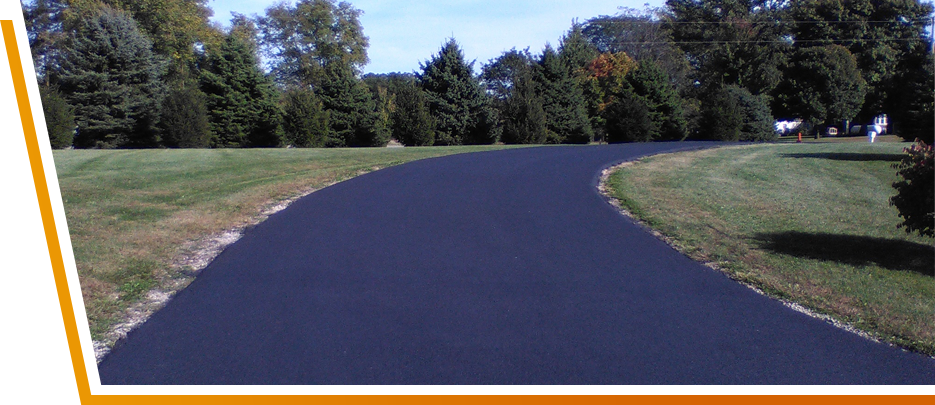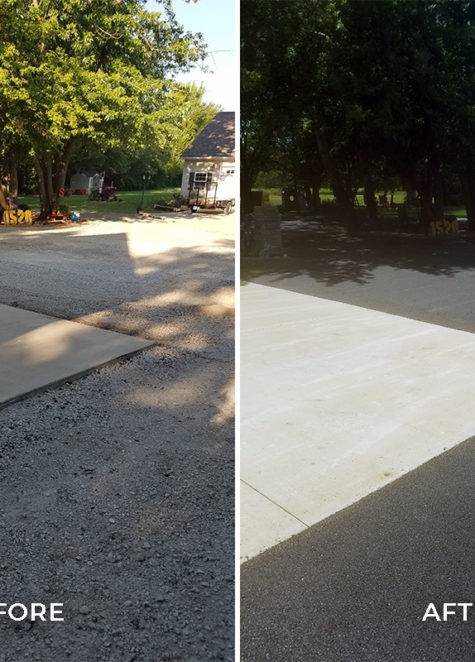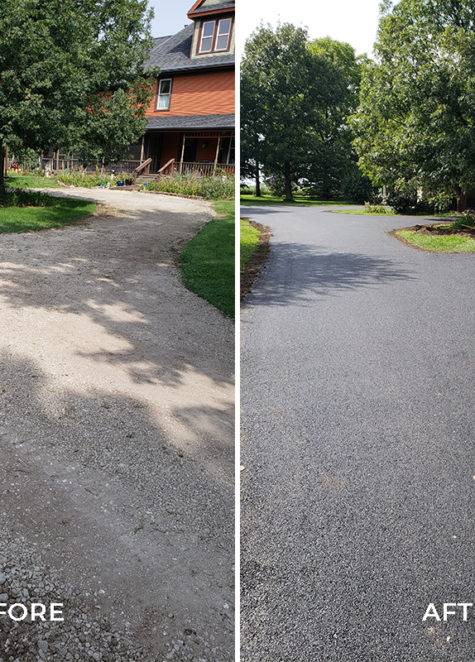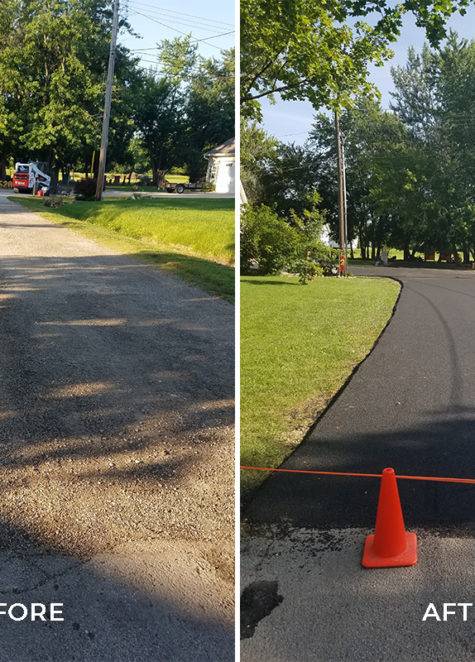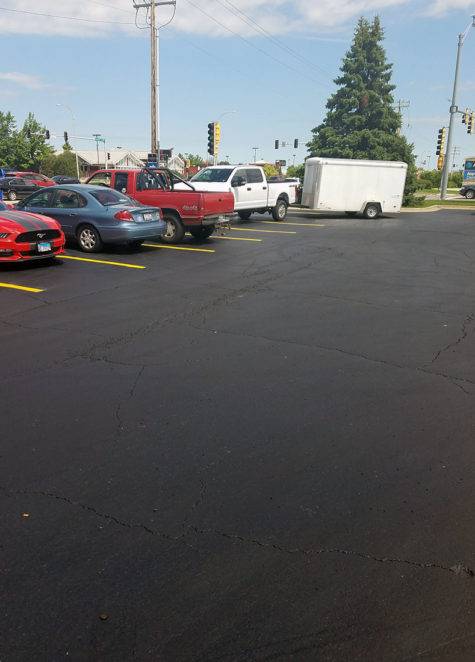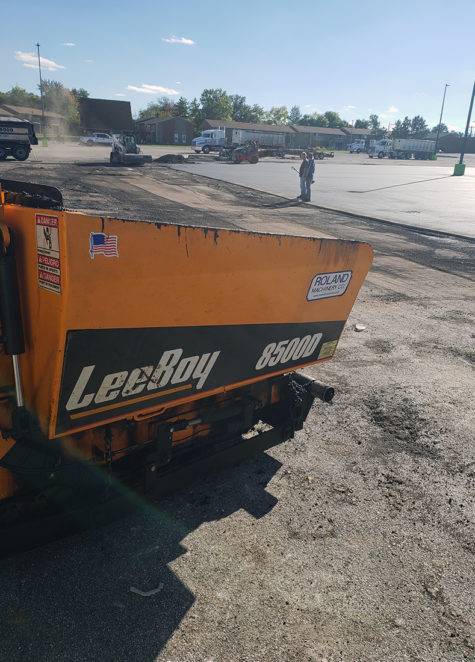Asphalt Repair Clarksville
Asphalt Longitudinal Cracking
Asphalt paving provides many excellent benefits to home and business owners alike. For example, it is durable, reliable, and typically produces an excellent range of beautiful styles that are hard to ignore. However, asphalt repair may be necessary from time to time if your driveway or parking lot suffers from the dangers of longitudinal cracking. This issue is one of the most serious that can affect pavement.
Therefore, you need to fully understand what causes this type of problem, how you can fix it, and why professional help is necessary. We at Mid-State Paving & Sealcoating have years of experience working with asphalt cracks like these and fully understand the best ways to fix them so that they not only disappear from your asphalt surface but never come back again.
Kinds of Longitudinal Cracking
These types of cracks typically occur along the full length of the pavement along the pathway of the centerline or the direction in which the asphalt was laid down. This cracking comes in two different types: fatigue cracking and top-down cracking. The differences between these two depend on what triggered the occurrence, and how asphalt sealcoating was applied. That said, some of these cracks may also occur for related reasons or may trigger an array of surprising and unexpected influences.
For example, fatigue cracking along the centerline may occur if weathering elements, such as extreme cold and heat, affect the surface of the asphalt. This type of cracking can quickly spread throughout the surface of the pavement and trigger a multitude of issues. Unfortunately, serious longitudinal cracks like these can quickly take over the whole proximity of a driveway or parking long. Once you see one longitudinal crack of this type appear, expect multiple cracks to appear in the same way.
Top-down cracking typically occurs when the joints along the longitudinal surface of the asphalt were poorly supported or constructed. Unfortunately, the joints of asphalt are simultaneously one of the most important parts of a driveway but the least dense. As a result, they may suffer from a variety of loading issues that cause longitudinal cracks to pop up and spread throughout all of the asphalt. This type of cracking seriously compromises the surface of asphalt and may be dangerous if left to worsen.
Thankfully, there are many types of repairs that homeowners can perform on their longitudinal cracks. While it is probably best to have professionals do these repairs for you, some homeowners may feel comfortable trying these repairs on their own. Even if you don’t want to repair your driveway without professional help, fully understanding the types of procedures used during this process can make it easier for you to know what your repair technicians are doing when they work on your driveway.
Techniques to Fix Longitudinal Cracking
When it comes to longitudinal crack repairs, there are a few different approaches to take. The first is to fix any low-severity cracks that are just starting to develop. These cracks must be under one-half inch wide to qualify as low severity. Homeowners can easily apply a sealant to these cracks, adding as much filler as they can into the crack to not only support its structure but to keep the cracks from spreading.
By contrast, high-severity cracks — those over one-half inch in width — may require more extensive repair techniques. For example, these cracks typically occur with multiple other cracks on the surface of a piece of pavement, which can trigger may complex issues. In this scenario, a homeowner may need to remove and replaced the cracked pavement layer and add a new overlay to increase its strength.
DIY May Be Harder Than It Looks
Some individuals may think that they can handle DIY repairs on their driveway’s longitudinal cracks. This misconception is a serious one and can cost you a lot of money when things go wrong. For example, you may end up worsening the crack by adding too much filler inside of its surface. Even worse, attempting to replace the pavement on your own is likely to cause only troubles and expensive headaches that you can’t handle on your own.
For example, imagine trying to break apart cracked pavement with a sledgehammer and removing all of the bits and pieces of cracked asphalt. This process is surprisingly difficult and may cause some people real physical struggle and anxiety. Just as importantly, mistakes can be made that very quickly affect the quality of the replacement. For example, you may add new asphalt without adjusting or repairing the underlying elements, such as the subgrade base or the joints.
Therefore, professional help is really the best choice here when it comes to repairing your asphalt. These experts will not only better understand how to apply repair techniques to your driveway but will also have a variety of insurance coverage options that suit your needs. This benefit is something that you shouldn’t take too lightly. After all, if you make a mistake with your DIY repairs, your home insurance won’t cover the costs. However, construction insurance from professionals will.
Expert Help is Available
As you can see, longitudinal cracks are something that must be taken very seriously. If you let these cracks spread too far on your driveway, you’ll quickly discover how devastating they can be for the overall health of your driveway. Thankfully, high-quality professionals can provide the help that we discussed above and get your driveway looking as great as possible. And you can’t do much better than contacting us to get the help that you need.
Our high-quality professional asphalt repair services can help you get the gorgeous style that you’re looking for by eliminating longitudinal cracks and keeping them away for good. Regular maintenance techniques, such as occasional patches or boosts to the subgrade strength, can help keep your driveway in great shape. So please don’t hesitate to contact us at Mid-State Paving & Sealcoating if your asphalt drive is in rough shape and you need to get it fixed right away.



